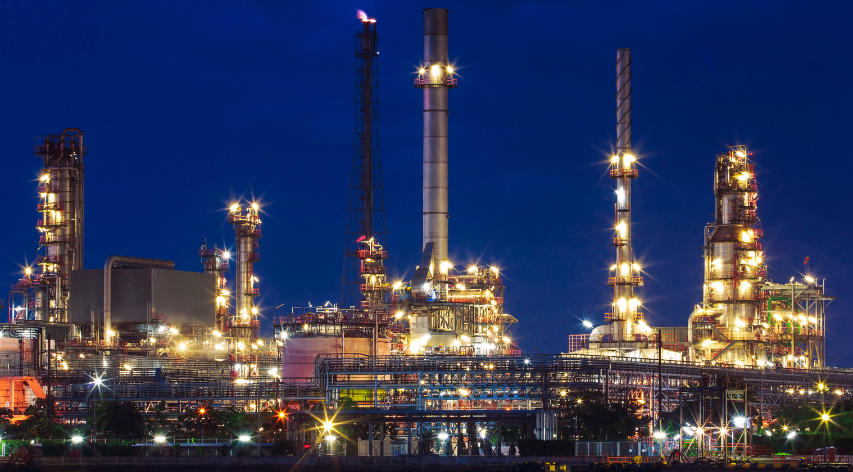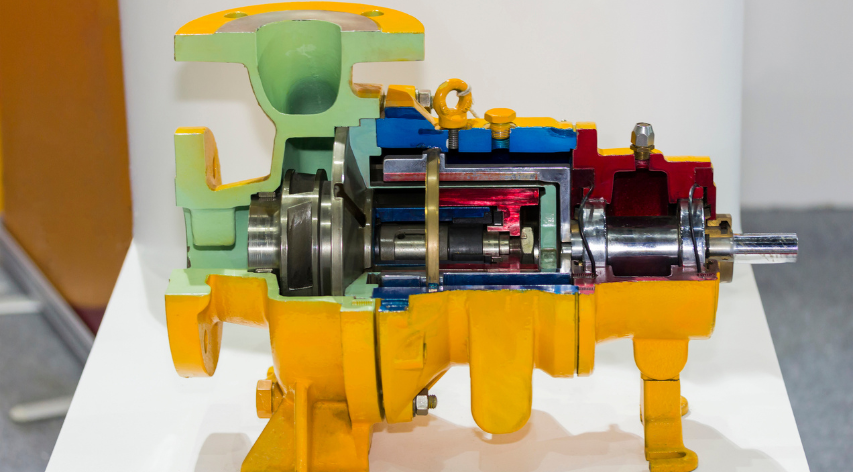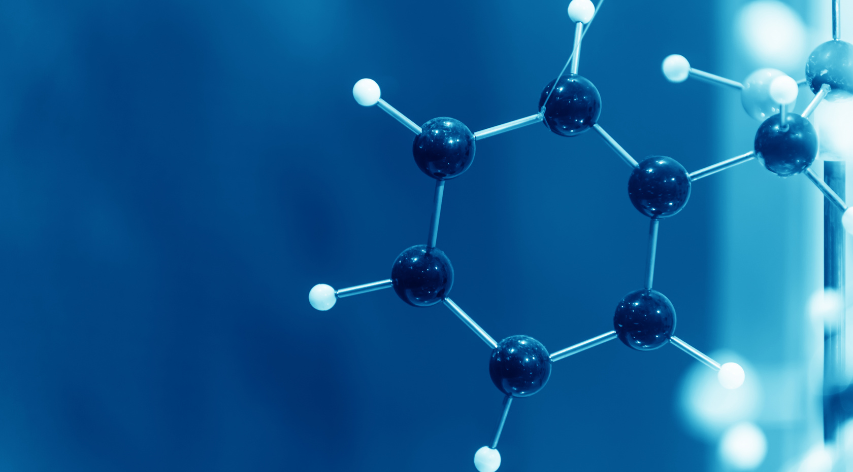Steam Methane Reformer Tube Lifecycle Improvement Best Practices
By Richard D. Roberts and Grant Jacobson
Below is an introduction to an article from PTQ Magazine, Gas 2024 issue. You can access the full article here: https://ptqmagazines.digitalrefining.com/view/702252328/23/#zoom=true
Reformer tube life assessment can be done via online monitoring, non-destructive testing, and tube harvesting with historical operating, monitoring, and inspection data
Steam methane reformers (SMRs) are an integral asset operated globally within methanol, hydrogen, ammonia, and direct reduced iron (DRI) plants. Providing plant owners/operators with the ability to extend tube life within the steam reformer is essential in maximising the use of an owner’s capital investment. Most of the tube’s material content is made up of nickel, ultimately driving the overall economics of fabrication. The cost of purchasing and installing a single reformer tube can be upwards of USD 25,000. However, in today’s highly competitive markets, the effect of unplanned downtime in reducing the plant on-stream factor is far greater than the installed cost of a single reformer tube.
It is essential that plant engineers have access to highly accurate online monitoring and inspection data, allowing them to better manage the reformer tubes and, where circumstances allow, extend the tube life expectancy beyond the typical prescribed life expectancy. One hundred thousand operating hours is a typical design life guideline practice used by furnace design engineers.
Today, plant owners and tube manufacturers have become accustomed to inspecting tubes with the latest technologies, even before they ship from the tube fabrication facility. This proactive approach enables quick detection and quantification of manufacturing flaws, enabling repairs to be made if necessary. Additionally, this early inspection approach provides plant owners with ‘baseline’ inspection data for future use over the life of the tube.
Tube inspection instrumentation technologies often apply non-destructive testing (NDT) methods such as laser profilometry (LT), eddy current (ET), ultrasound (UT), radiography (RT), and electromagnetic acoustic transducer (EMAT). Each method has its strengths and weaknesses. Therefore, some instruments have coupled two or more NDT methods to maximize the accuracy of test result outputs and inspection area coverage.
View full article from PTQ Magazine, Gas 2024 issue here: https://ptqmagazines.digitalrefining.com/view/702252328/23/#zoom=true







